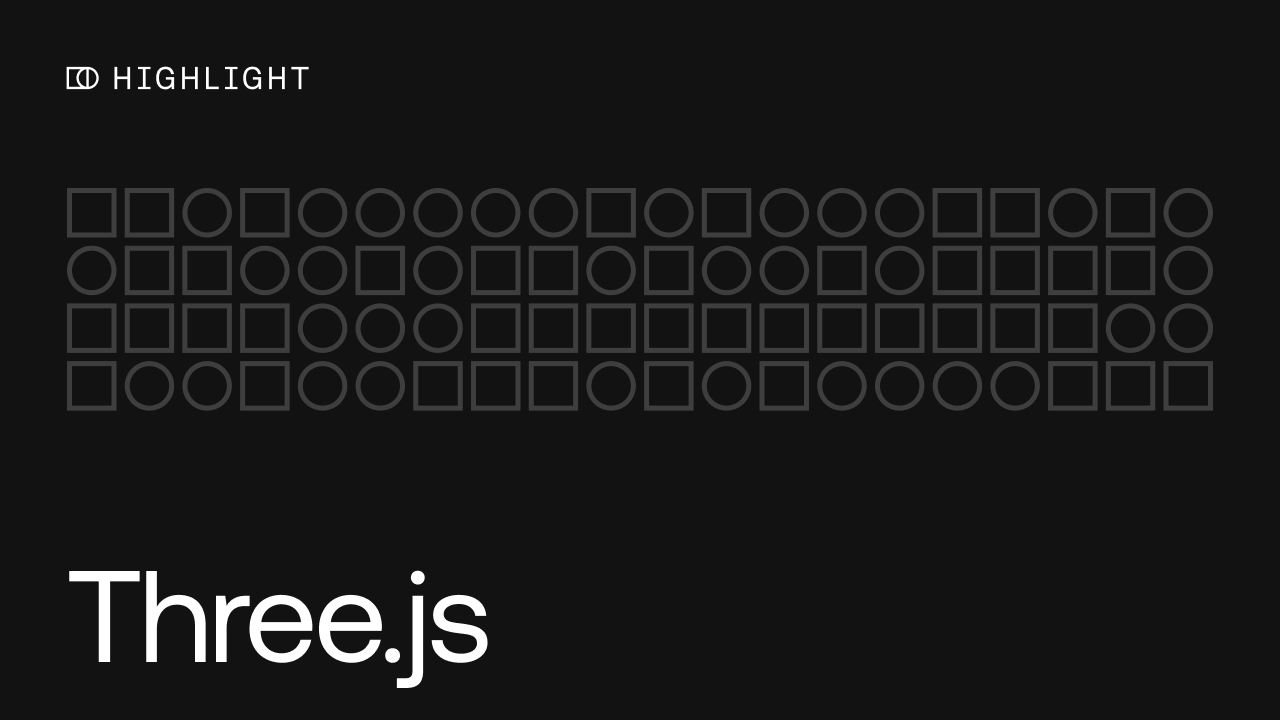
What is three.js?
Three.js is a powerful JavaScript library that enables the creation and rendering of 3D computer graphics in web browsers. It provides a comprehensive set of tools, functions, and utilities for building interactive and visually stunning 3D applications and experiences.
At its core, three.js leverages the WebGL API, which is a web standard for rendering 3D graphics with hardware acceleration. By abstracting away the complexities of WebGL, three.js simplifies the process of working with 3D graphics, making it more accessible to developers and artists.
With three.js, you can create and manipulate 3D objects, define their geometry, apply materials and textures, and control lighting and shadows. It offers a wide range of predefined geometries (such as cubes, spheres, and cylinders) and materials (including colors, textures, and shaders) that can be combined and customized to achieve the desired visual effects.
How do generative artists use three.js?
Generative artists often utilize three.js as a powerful tool for creating and showcasing their generative artworks in the realm of 3D graphics. The library's capabilities enable artists to harness algorithms and code to generate unique and dynamic visual compositions.
Here are some common ways generative artists use three.js:
- Creating Complex Geometries: Generative artists can leverage three.js to define and generate intricate 3D geometries using algorithms. By programmatically manipulating vertices, edges, and faces, they can create complex and unique shapes that would be challenging to achieve manually. This allows for the generation of visually captivating and mathematically-inspired sculptures or structures.
- Procedural Textures and Materials: With three.js, generative artists can design custom textures and materials for their 3D objects. By employing algorithms and noise functions, they can create procedural textures that exhibit patterns, randomness, or organic qualities. This approach enables the generation of visually diverse and richly detailed surfaces for their artworks.
- Animation and Interactivity: Generative artists often seek to imbue their artworks with movement and interactivity. With three.js, artists can animate their generative creations, making them evolve, transform, or respond to user input. By manipulating object properties, such as position, rotation, and scale over time, artists can bring their generative scenes to life and create immersive experiences.
Generative artists leverage three.js to harness the power of 3D graphics and algorithms in their creative process. By using the library's features, they can generate complex geometries, design custom textures, animate their artworks, simulate dynamic phenomena, explore shader programming, and more.